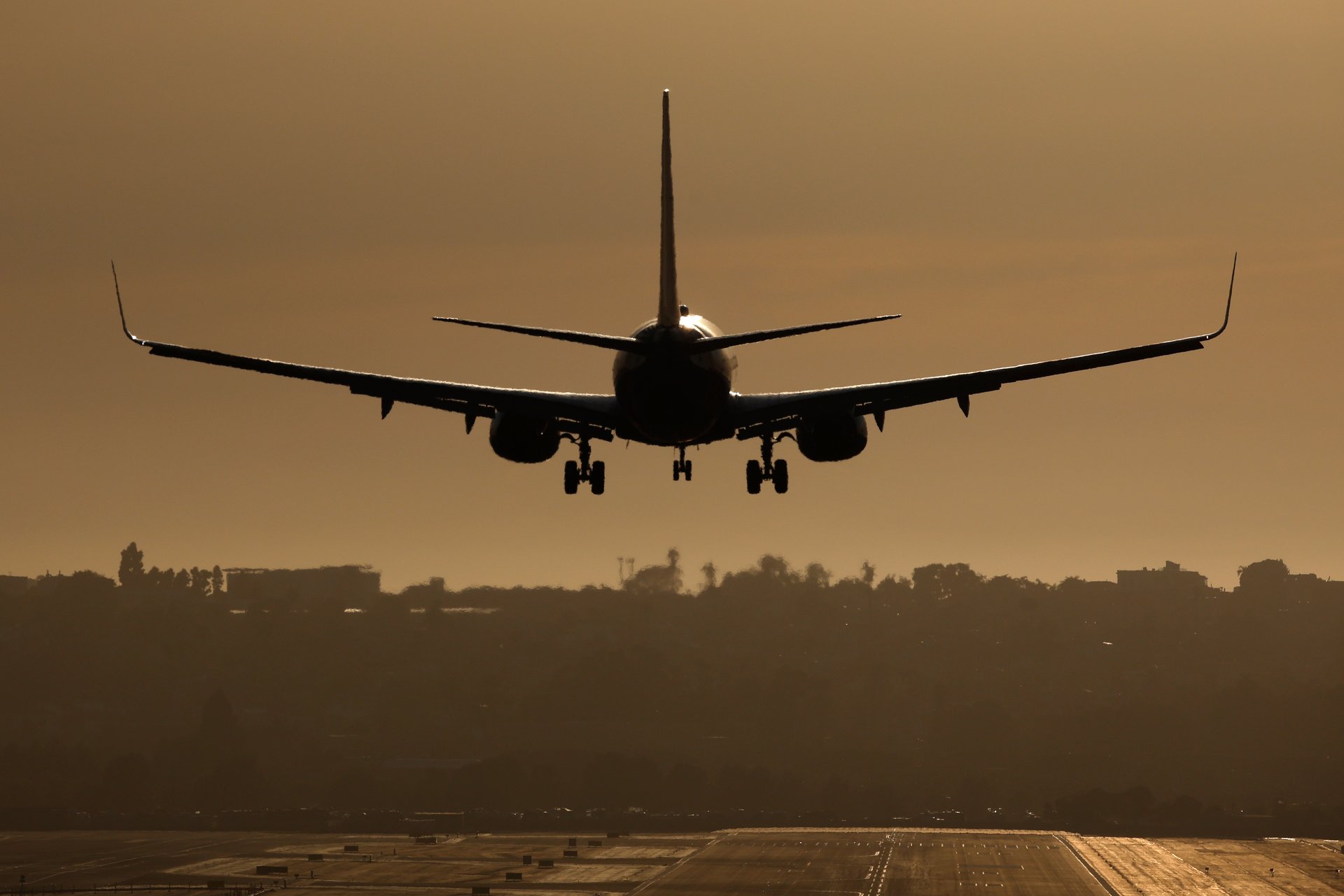Southwest Airlines is adding new cockpit alerts for pilots
Honeywell technology aims to decrease runway incidents and monitor altitude and speed during takeoffs and landings

Photo: Kevin Carter (Getty)
A cockpit-alert system has been added to nearly 800 Southwest Airlines planes, delivering verbal warning to pilots as they navigate runways, reports the Wall Street Journal.
Suggested Reading
Among other airline safety concerns in recent years, there have been a series of runway incidents lately affecting many airlines all over the world. Last August, a Southwest plane took off from the wrong runway, which was under construction. That same month, the FAA recommended that new planes come with a cockpit-alert system installed. Southwest decided to retrofit its Boeing 737 fleet, as well.
Related Content
Designed by Honeywell, the cockpit alerts are similar to those found in modern cars, warning drivers about nearby obstacles or blind spots. Alaska Airlines and other carriers have also added Honeywell’s Runway Awareness and Advisory System, which will also monitor altitude and speed during runway approach.
The Honeywell website says runway incursions are "a leading cause of aviation accidents and fatalities, accounting for approximately $1 billion annually in damages.”
In 2018, the National Transportation Safety Board recommended their use after an incident at the San Francisco International Airport, when an Air Canada flight attempted to land on a taxiway where four planes filled with passengers awaited departure.
“It gets your attention,” Capt. Jody Reven, president of the Southwest Airlines Pilots Association, told the Wall Street Journal. “It’s not so important in Midland, Texas, but when you’re in Philly or L.A., it’s a great added tool.”
Last week at the Paris Air Show, Honeywell announced a new Surface Runway Traffic Awareness System, or SURF-A, which they hope will be certified in 2026. Honeywell Aerospace president and CEO Jim Currier told reporters the new tech is “poised to dramatically reduce potential runway accidents, essentially a third set of eyes in the cockpit that gives pilots both aural and visual alerts if there is unexpected traffic on the runway.”